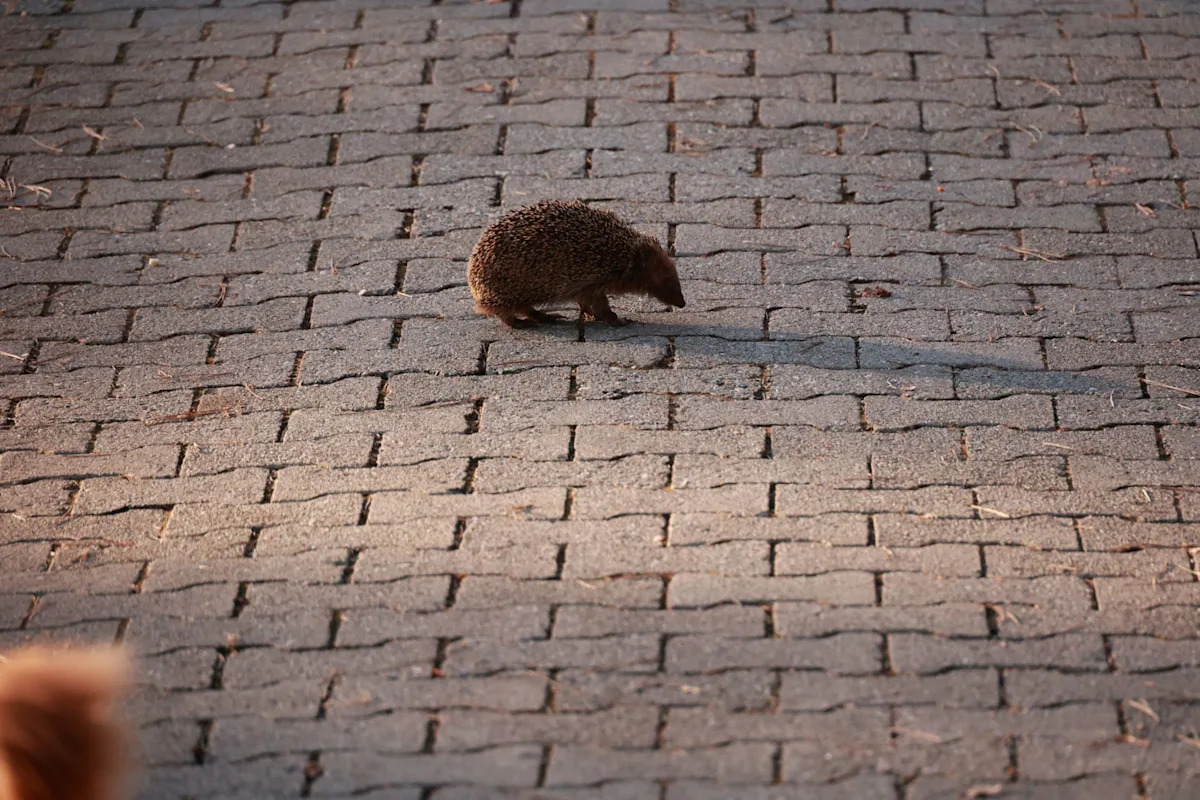Europe’s most adorable garden guests are in trouble.
What’s happening?
According to Tierschutzbund, the German Animal Welfare Federation has urged the public to look out for hedgehogs spotted roaming in daylight. These typically nocturnal animals may be in distress.
The International Union for Conservation of Nature has officially classified hedgehogs as “potentially endangered” for the first time, citing rapid population declines across Europe.
“Road traffic, habitat loss, and the decline in insects due to pesticides are hitting hedgehogs particularly hard,” James Brückner, head of the wildlife department at the German Animal Welfare Federation, told Tierschutzbund. “In addition, many hedgehogs are born in late summer. For these young animals, the narrow time window until winter is often not enough to build up sufficient fat reserves for hibernation.”
Wildlife centers across Germany are reaching their limits, taking in more underweight and sick hedgehogs than ever before.
“We currently have 15 animals living with us that would not survive the winter without help,” said Dr. Katrin Umlauf of the Weidefeld Animal Welfare Center. “Many young animals weigh less than 500 grams.”
Why is hedgehog behavior important?
Hedgehogs play a quiet but important role in local ecosystems. They help control insect populations and support biodiversity in gardens and parks. But intensive agriculture, pesticides, and overly manicured yards are destroying the habitats they rely on for shelter and food.
When wildflowers disappear, so do the insects that hedgehogs eat. This leaves them starving in what should be prime feeding season.
Human expansion, as seen in places like Texas and other rapidly developing regions, has pushed wildlife closer to urban areas and disrupted natural feeding cycles. Meanwhile, Earth’s overheating is making conditions even harder. More extreme weather and unpredictable seasons are reducing insect populations and shortening the window hedgehogs have to fatten up before winter.
What’s being done about hedgehogs?
For now, much of the help is coming from volunteers and small wildlife organizations. Unfortunately, many of these receive little or no state funding.
The German Animal Welfare Federation is urging citizens to lend a hand, especially as rescue centers reach capacity.
Homeowners can make a big difference by leaving out small piles of leaves or brushwood, avoiding pesticides, and providing food and water for weak hedgehogs that appear during the day. And simple DIY solutions, like cutting small holes in fences, can create “hedgehog highways” that allow the animals to roam safely between gardens.
By rethinking how we manage green spaces and limiting chemical use, we can help ensure Europe’s beloved hedgehogs continue to snuffle through our backyards for generations to come.
Join our free newsletter for good news and useful tips, and don’t miss this cool list of easy ways to help yourself while helping the planet.

